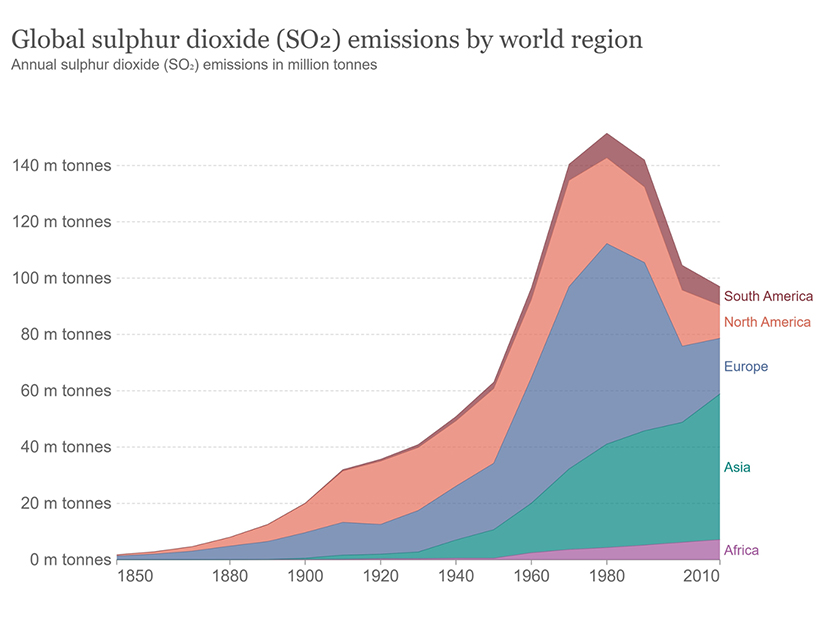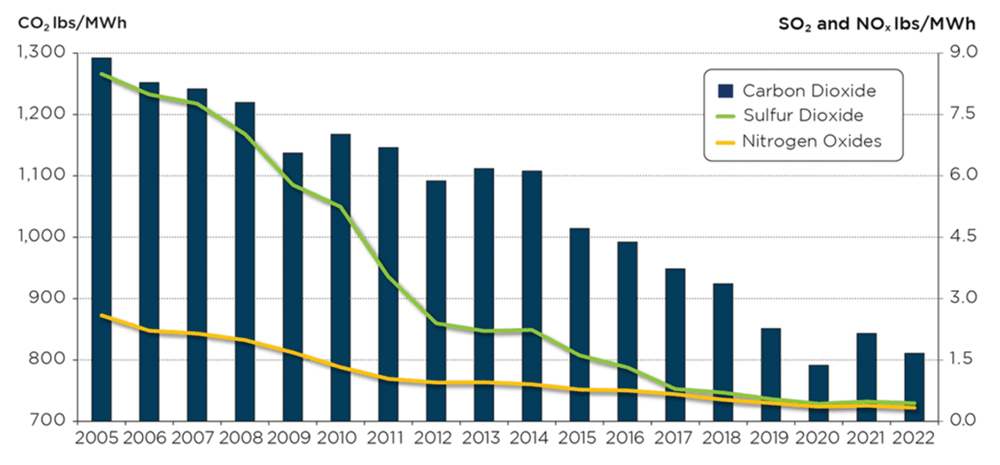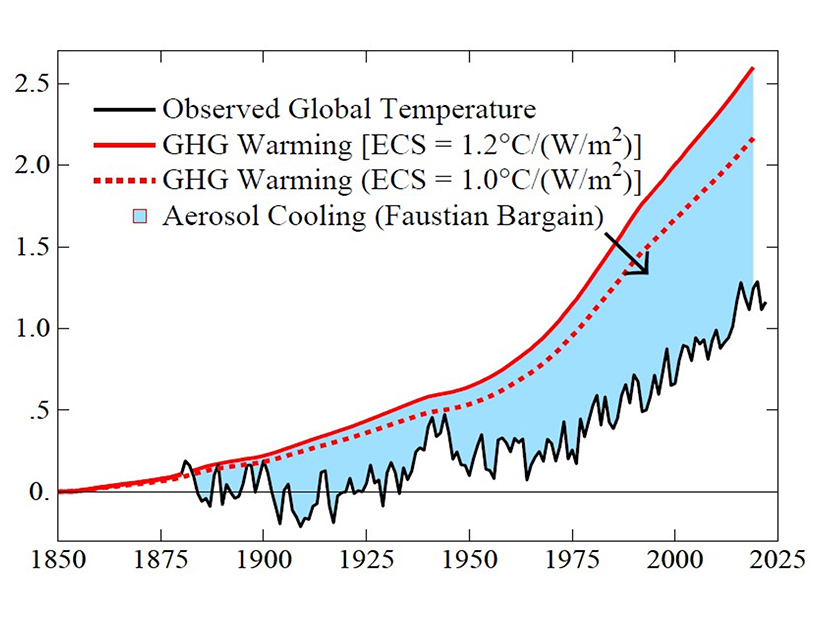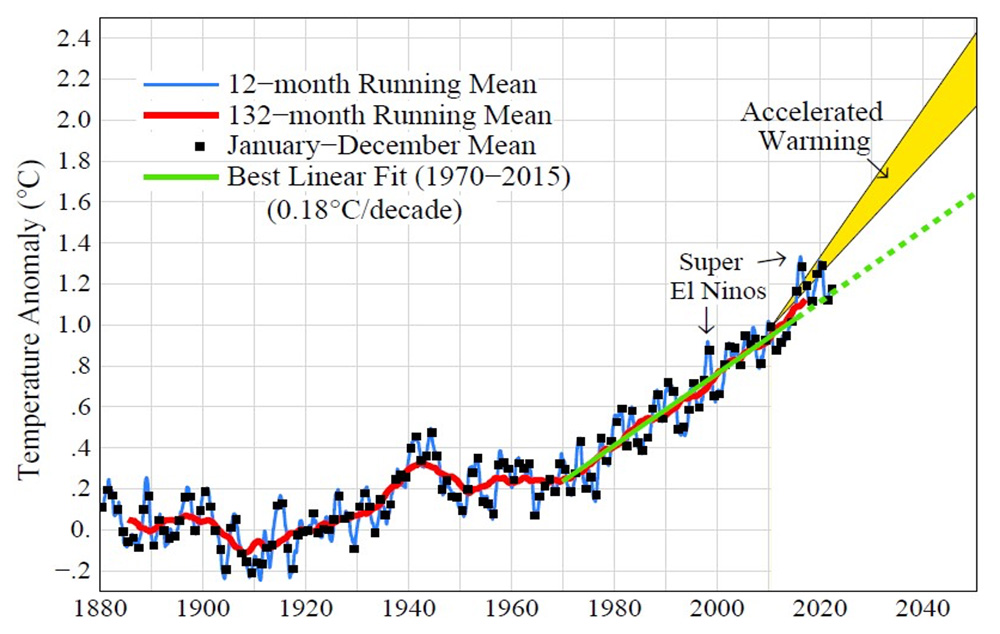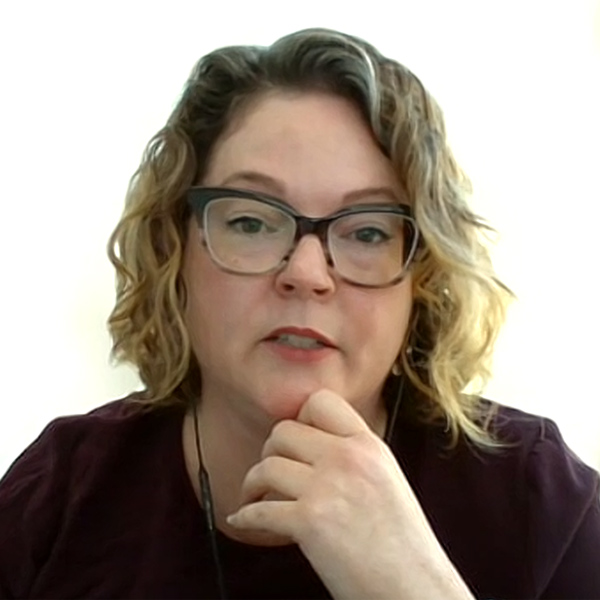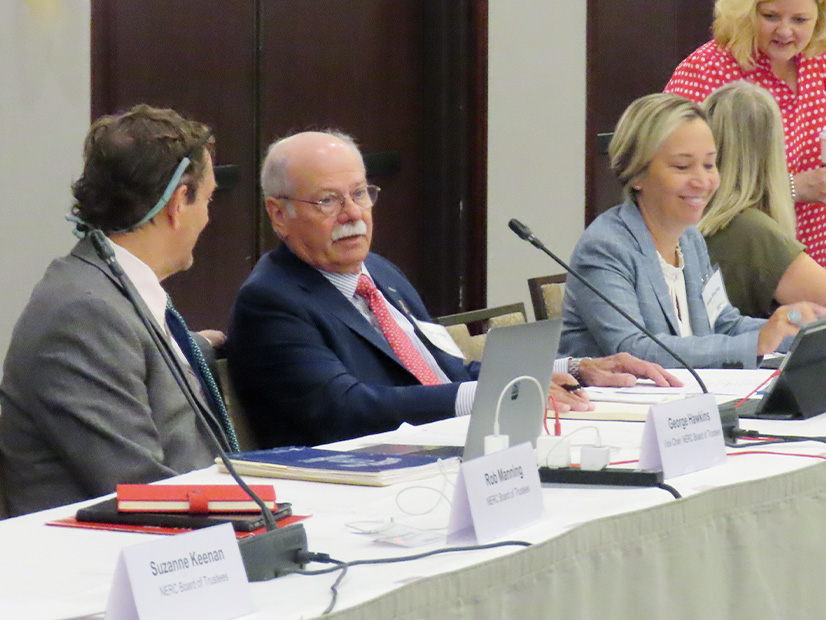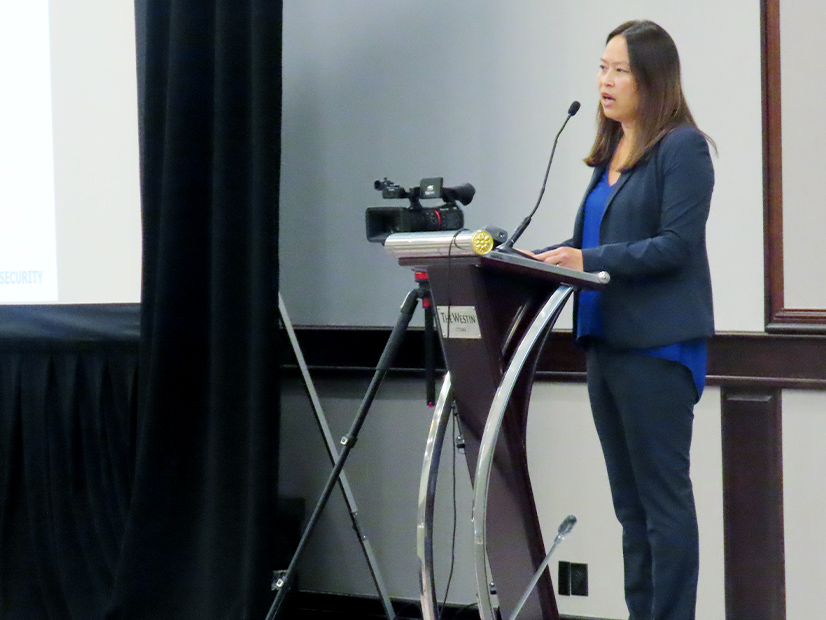As the New York Public Service Commission probably already knew when it requested comments on “zero emissions,” everybody has their own solution to save the world — and it often aligns closely with their income stream.
The answers to a series of PSC questions in case 15-E-0302 on the theory and execution of zero emissions in the state drew a wide range of responses.
The PSC in May formally recognized what others have been warning about for some time: The preferred renewable technologies now available at scale — wind and solar — may not be enough for the state to meet its statutory goals for the clean energy transition. (See NY Renewable Portfolio May Come up Short on Getting to Net Zero.)
The landmark Climate Leadership and Community Protection Act of 2019 mandates 70% renewable energy by 2030 and a zero-emissions grid by 2040.
As state leaders point out, accurately and frequently, New York has a robust pipeline of renewables in development. But what they don’t highlight is that the pipeline is flowing slowly, with numerous project delays and cancellations, as well as spiraling costs.
Perhaps more importantly, no renewable technology has been identified to keep the lights on when the wind doesn’t blow and the sun doesn’t shine in a state increasingly reliant on electricity.
So the PSC is looking for other ways to reinforce the power portfolio, potentially including renewable natural gas, nuclear fission and hydrogen — none of which are supported by the progressive activists and environmental advocates who are helping push New York’s energy transition.
The commission requested public input on decisions that may direct billions in spending and impact millions of New Yorkers. It received comments from dozens of stakeholders before the comment period ended last week.
Push And Pull
As one would expect, the answers covered a spectrum of possibilities.
Labor unions urged the PSC to choose the options that best protect their members and the planet.
Gas utilities said they’re ready to heat and power the state with climate-friendly gas, be it RNG or hydrogen.
Environmentalists decried any rush to unravel the CLCPA, such as by burning RNG or hydrogen.
A developer with wind power, energy storage and transmission projects in the works said more renewables, more storage and more transmission are needed.
Progressives demanded continued focus on the disadvantaged communities that have been breathing elevated levels of fossil fuel emissions for decades.
The waste management industry wants RNG extracted from landfills and the dairy industry wants RNG extracted from cow poop. An RNG trade organization wants both.
New York City, with a poverty rate 47% higher than the national average, supports decarbonizing the grid but wants someone other than its residents to pay to do it.
Nuclear power generation must expand. No, it must halt!
National Grid — whose utilities serve more than 2.5 million natural gas customers statewide and are facing a huge if not existential threat from the campaign for zero emissions — advocated for continued use of gas. It also questioned the very concept of zero emissions.
“‘Zero emissions’ as used in this section of the law cannot be defined literally, as very few sources of energy have literally zero GHG emissions associated with their production and use throughout their life cycle,” National Grid wrote.
It also parsed the language of the law to conclude that “zero emissions” must not exclusively mean “renewable energy systems.”
The New York State Energy Research and Development Authority, which is administering the clean energy transition in New York, provided a two-page comment that at once was among the broadest and most succinct of all submitted.
In summary, NYSERDA said New York needs to identify the appropriate resources to meet the grid’s 2040 needs, refine the cost and performance estimates, further evaluate their emissions, find a place to site them, calculate impacts on disadvantaged communities, factor in demand response and storage, incorporate any future nuclear or 100-hour storage technology yet to be perfected, then integrate all this with existing resources.
Comments
A cross-section of these comments is excerpted and summarized below:
The Energy Justice Alliance said the state’s climate targets and its most urgent environmental justice challenges can be met only through retiring fossil fuel generation in an orderly and just manner. It urged stakeholder and public input before selecting any nonrenewable resources. It said alternatives such as RNG, green hydrogen biofuels, carbon capture and advanced nuclear technology were recommended in the Climate Action Council Scoping Plan for only limited and strategic use, to be considered only after rigorous review.
U.S Plumbers and Steamfitters Local 22 urged an expanded, inclusive definition of “zero emissions energy sources” as anything that does not lead to a net increase in greenhouse gas emissions in the process of generating electricity. Clean hydrogen should be recognized as fitting the bill, it said.
Constellation Energy Generation, owner of the state’s nuclear fleet, said all types of nuclear technology should be included in the definition of “zero emissions.” One of its New York nukes recently began sustained generation of pink hydrogen in a pilot project; Constellation said hydrogen combustion will be a valuable part of the puzzle.
The supervisor of the town of Scriba, home to two of the nukes, urged the PSC to formally recognize nuclear fission as a zero-emission resource.
The Alliance for a Green Economy said it’s deeply concerned about the environmental, human health and financial implications of including nuclear power in a definition of zero emissions — which it is not, because it emits radiation.
Nuclear New York said nuclear power should be the backbone of the state’s future emissions-free energy system, not the backup, adding that the state itself found that adding 4 GW of nuclear generation would eliminate the need for 12 GW in intermittent renewables and 5 GW of storage.
In a joint comment, the Sierra Club and Earthjustice advocated for strict and literal interpretation of “zero emissions” — no pollutant emissions. That rules out hydrogen, RNG, carbon capture and sequestration, biomass and, under some circumstances, demand response. They did not mention nuclear power, a longtime target of the Sierra Club.
The New York State AFL-CIO and the New York State Building & Construction Trades Council, umbrella groups for unions representing 2.7 million people, said the PSC must prioritize maintenance and creation of good union jobs while maintaining service and limiting price increases. They indicated support for the broader definition of “zero emissions.”
A collection of 43 environmental and progressive organizations jointly commented that while it was good the PSC is looking for strategies beyond wind and solar to meet the zero-emissions mandate, technology may advance in the coming decade, and it’s premature to create policies now to avert a resource gap in 2040. There is no “need to water down” the CLCPA’s targets, they said.
NYISO urged that “zero emission” be defined to allow as many technologies as possible to qualify. It noted that increasing transmission and increasing generation will not by themselves fully solve the problem of insufficient resources. The technologies that would solve the problem are not available, and it’s unknown when they will be.
Plug Power, a New York-based generator of green hydrogen and manufacturer of hydrogen technology, said the PSC should fully support and incentivize the full suite of existing and emerging green hydrogen applications. In fact, the PSC should establish a new tier in the state’s Clean Energy Standard for zero emissions resources, with an emphasis on green hydrogen, and help jump-start investment in hydrogen infrastructure.
PSC should expand the definition of net-zero “combustion turbines” to include reciprocating internal combustion engines, said Wartsila Energy, North America, whose parent company has deployed over 76 GW of reciprocating internal combustion engine power plants worldwide.
National Fuel Gas Distribution Corporation said a good definition of zero emission would be “systems other than renewable energy systems that generate electricity or thermal energy technologies that do not lead to a net increase in greenhouse gas emission into the atmosphere.” And that should be construed to include RNG.
New York Transmission Owners stated electric system reliability must remain the paramount priority, coordination with NYISO is essential, an agnostic approach to technology is best and pilot programs will be helpful. And all of this must be done in a timely and deliberate fashion.
The PSC in May directed Department of Public Service staff to convene a technical conference on the matter.

